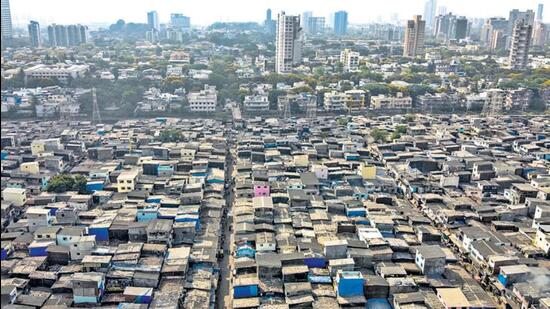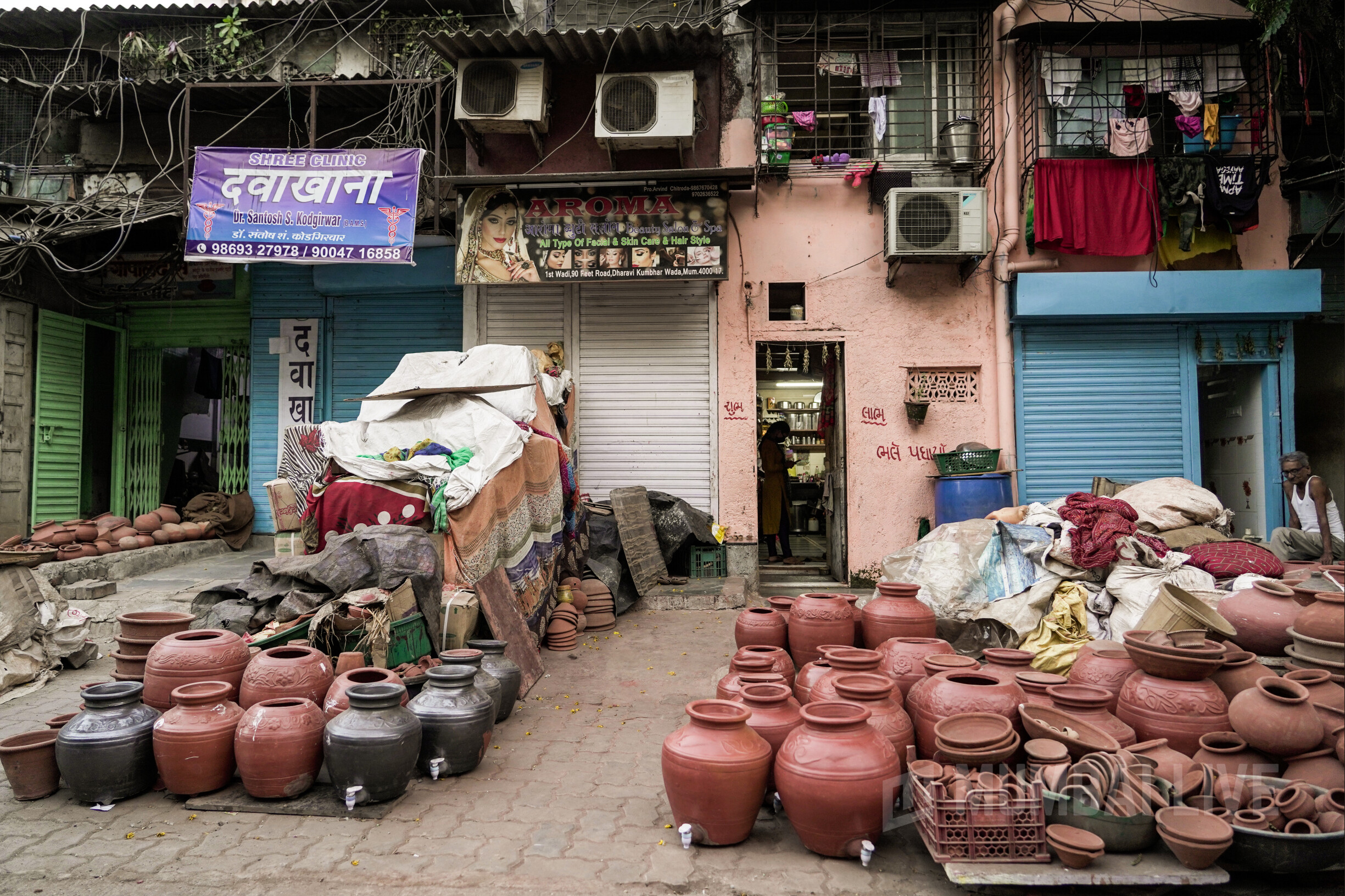The Maharashtra state government has approved handing over 283 acres of Mumbai salt pan land from the Union government to Adani Realty for the Dharavi Redevelopment Project (DRP).
The salt pan land owned by the Centre is spread out between Kanjurmarg, Bhandup, and Wadala. This large piece of land will be given to DRP for building a rental scheme for ineligible slum dwellers from Dharavi.
Land for Dharavi Redevelopment Project
Initially, one of the land pieces was declared as a site of the Metro car depot by the former Uddhav Thakery-led government, which had decided to shift the metro car depot from Aarey to Kanjumarg.
However, the central government had claimed Kanjurmarg salt pan land. A court agreeing with the Central government had ordered, handing off a 102-acre plot of Kanjurmang salt pan land to the Mumbai Metropolitan Development Authority (MMRDA).
According to the officials, the Central government owns 283 acres of saltpan land in four different parts of Mumbai which are Arthur salt works land (120.5 acres), Jenkins salt works land (76.9 acres), Agar Sulemanshah land (27.5 acres), and Jamasp Salt works land (58.5 acres).
The decision was taken to suggest a proposal to the Central government to transfer these 283 acres of land to the state government for DRP. This land is in the same area where a metro car shed was proposed.
Development of Dharavi
This 283 acres of land will be used by the DRP to rehabilitate Dharavi residents in Kanjurmarg, Bhandup, and Mulund. Residents of Dharavi who are ineligible (approximately 3.5-4lakh people) for rehabilitation will be given accommodation in rental housing projects.
The officials claim that approximately 50,000 families will be given affordable housing and 1.5 lakh migrants will be affordable shared rental houses in DRP.
What does DRP means to the people of Dharavi?
Dharavi slum is Mumbai’s largest slum ( 2.8 sq km) situated in the heart of Mumbai near the Bandra-Kurla complex.
Being the largest slum, has a huge population living there, and is also home to industries like leather and pottery, which employs Dharavi people. Thus, the development and rehabilitation of Dharavi is not an easy task.
The Maharashtra state government to convert Mumbai’s Dharavi slum into a modern city hub introduced a DRP, in 2004, which included the relocation of 68,000 people and claimed to provide 300 sq ft houses for free to Dharavi residents.
However, not all Dharavi residents are happy with the state government’s decision. Firstly, the idea of development is subjective, Dharavi residents most of the time are unaware of the plans under DRP, and the government is unaware of their needs. This gap has to be filled first.


